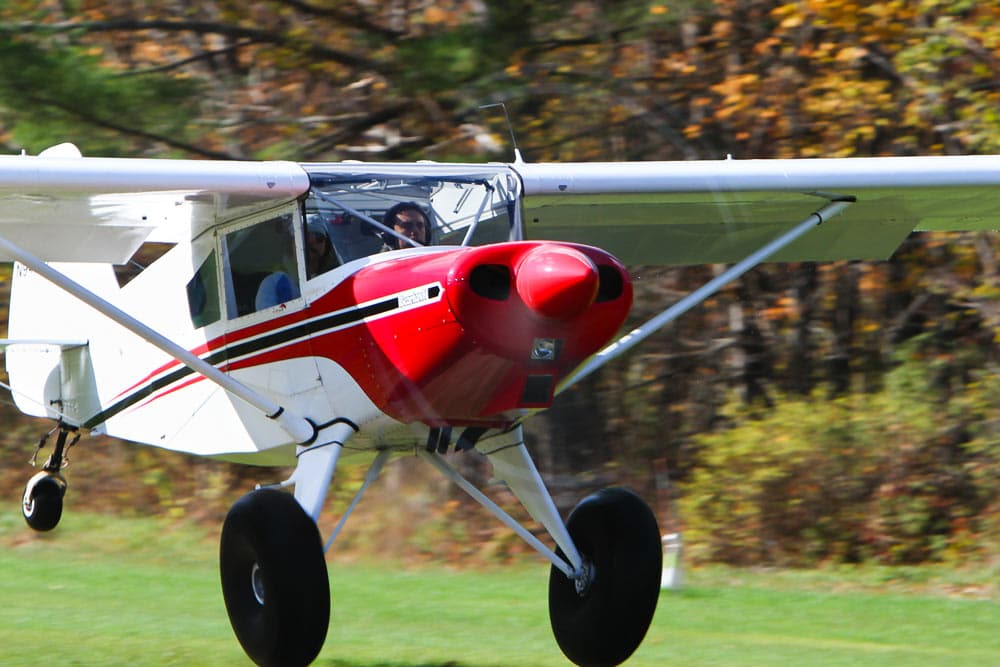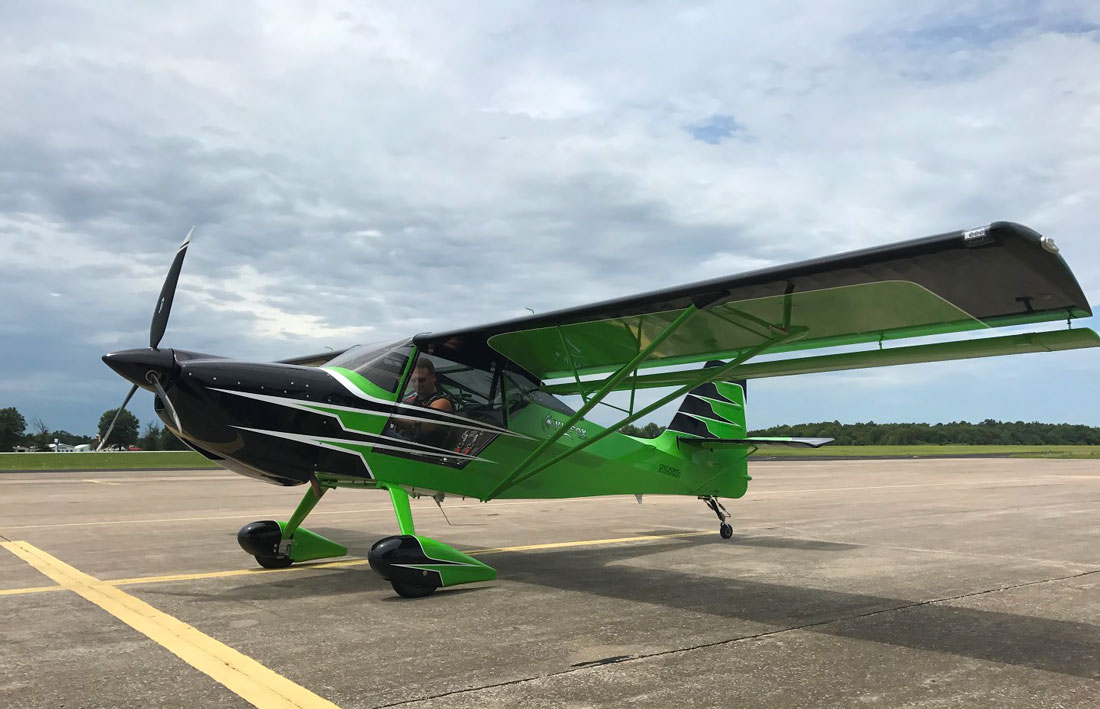Bearhawk Aircraft has revealed their latest model, the Bearhawk Bravo. The Bravo will be a refinement of the original 4-place Bearhawk design from 1994 that started the Bearhawk family of aircraft. The original designer of the Bearhawk, aviator, mechanic and engineer Bob Barrows, will be handling the design modification for the Bravo.
Mark Goldberg, the President of Bearhawk Aircraft, had this to say, “For some time Bob has wanted to incorporate into the 4-place Bearhawk certain design features of his more recent aircraft, namely the Bearhawk Patrol and Bearhawk LSA.”
New Airfoil for the Bearhawk Bravo
Biggest among the design changes for the Bravo is replacing the current airfoil with the Riblett 30-413.5 airfoil currently used by the two seat Bearhawk Patrol. Barrows decided this change would benefit the bravo after studying the airfoils, and flight testing has shown that he is correct. According to company officials, the new wings produce a speed gain in the 5 – 8 mph range, have similar or better stall speeds, and have been shown to offer greater stability in an induced stall.
Stall Characteristics for the Bearhawk Bravo
Test pilot Wayne Massey said he was apprehensive when he heard they were modifying the Bearhawk design. He enjoyed the way it flew and didn’t want the feel of flying it to change. However, after flying the Bravo for several hours, he feels that the changes were worthwhile, and the cruise speed increase makes it an even more capable cross-country airplane. He also explained the stall characteristics for the redesigned Bravo:
“The original 4-place Bearhawk already had excellent stall characteristics and the model ‘B’ with its Riblett airfoil enhances the stall characteristics even more. Performing full aft stick wings level power off stalls in the model ‘A’ leads to a stable leaf stall. Continuing to hold full aft stick in the stall, the nose drops just enough to recover some airspeed then goes back into a leaf stall again remaining very stable. On the new model ‘B,’ performing full aft stick power off stalls leads to a wings level stable full stall and a sink rate of around 1,200 fpm. While holding full aft stick in the stall, the wings remain level and the nose does not drop, the aircraft does not leaf stall.
“In a moose stall the Bearhawk model ‘B’ now performs similarly to the Patrol. In a turn with some power on and speed diminishing, there’s a very slight buffet at around 35–40 IAS, yet the aircraft remains very stable with no noticeable tendency to drop a wing in the opposite direction. Gentle forward pressure on the stick leads to an instant, stable airspeed recovery.”
Additional Changes for the Bearhawk Bravo
Though the new airfoil, which gives the Bearhawk Bravo an additional foot in wingspan five square feet of wing area, represents the most significant change, a number of other changes are being made to the design as well:
- Replacing steel fuselage formers, window sills and door sills with aluminum, which gives a weight saving and increases resistance to corrosion.
- The use of airfoil shaped ribs, as opposed to flat ribs, on the horizontal and vertical stabilizers. This gives increased stability, more control authority, and a speed increase of 3 mph due to the horizontal stabilizers changing from four to three degrees of downward deflection.
- Using shock struts manufactured from heavy wall round tubing instead of streamlined tubing, which provides more resistance to side load failure on the runway. In addition, the round tube will be faired with streamlined PVS to neutralize drag.
- Replacing the leaf0type spring set in the tail with a round tail spring made from 6150 heat treated alloy steel bar. This provides a small weight saving, better flex / spring effect in all directions, and has the potential to save the rear fuselage from damage at unpaved airstrips.
The Bearhawk Bravo will be available as both a plans built design and a quick-build kit. If you are currently at AirVenture, you can drop by the Bearhawk Aircraft booth (#630 in the North Aircraft Display) to see the Bravo.
Featured Image: Bill Brine















Leave a Reply